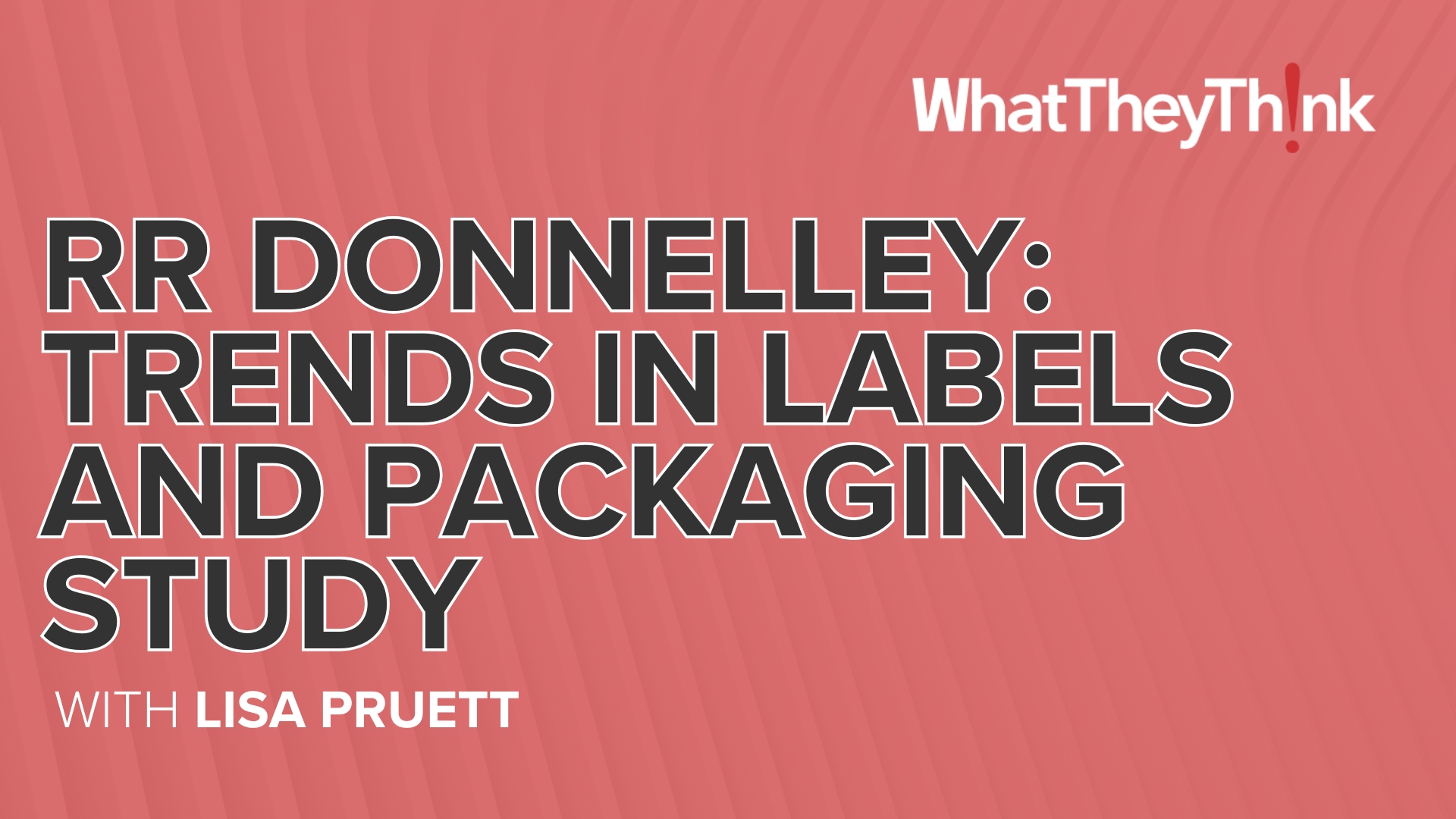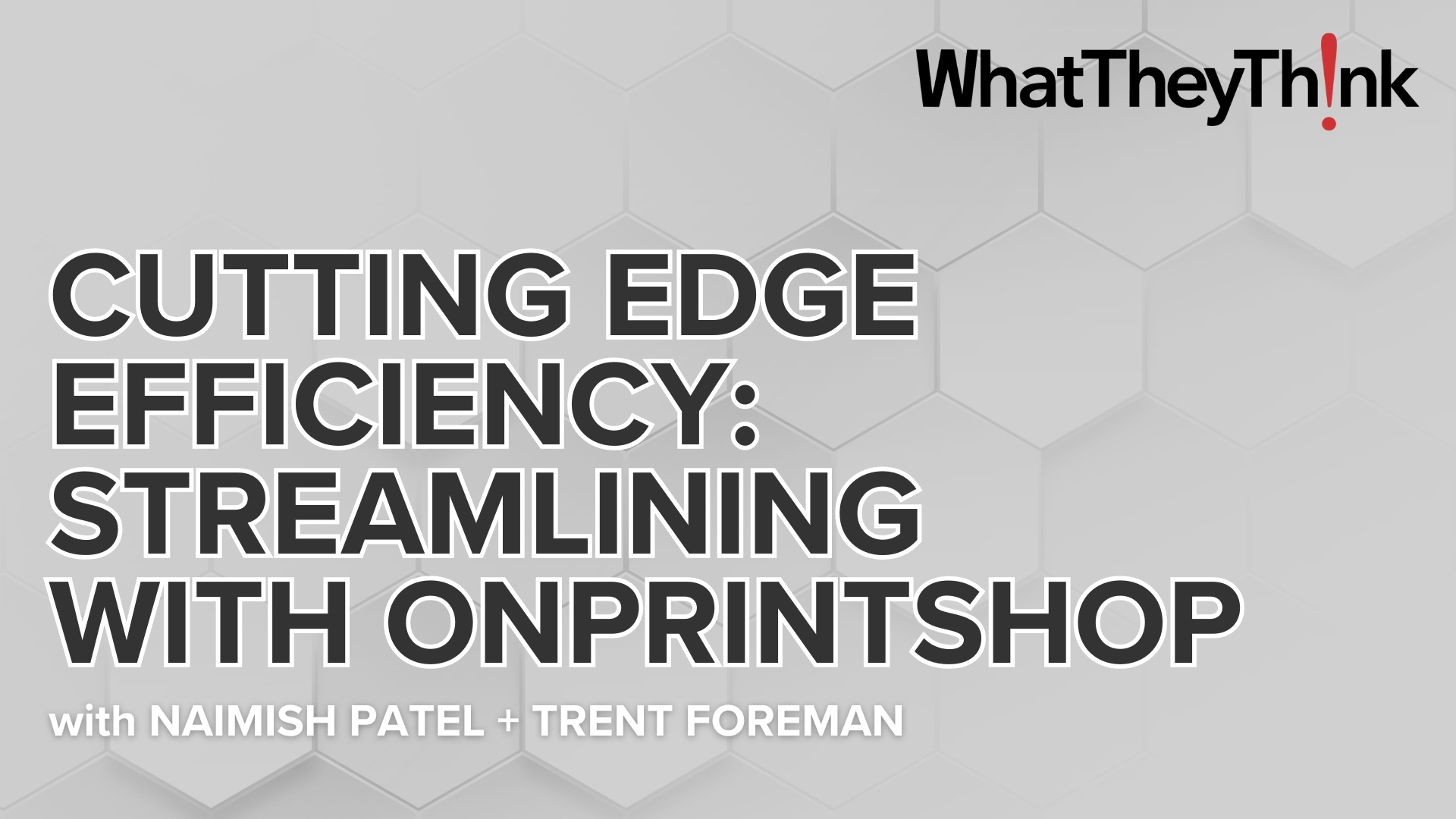Mimaki USA Announces TRAPIS, Embracing the Global Textile Dyeing Industry’s Demand for Sustainability
Press release from the issuing company
Enables digital textile production in non-factory environments
Suwanee, GA – Mimaki USA, a leading manufacturer of wide-format inkjet printers and cutters, today announced TRAPIS, a next-generation digital transfer sublimation printing system that makes textile production more environmentally friendly by reducing up to 90 percent of wastewater, compared to conventional methods. This system does not require wastewater treatment facilities and can be located in an office or extended studio location.
TRAPIS is the company’s pigment transfer textile printing system, whose name is derived from the words “Transfer,” “Pigment,” and “System.” It comprises a Mimaki inkjet printer, Mimaki original inks, dedicated transfer paper available from Mimaki, and a dedicated transfer unit from Klieverik or Monti Antonio.
Targeting environmental and operational concerns
The conventional textile dyeing method generates on average 14.5 liters of wastewater per square meter of fabric processed. The wastewater contains chemical substances used in pre- and post-processing and is considered an environmental concern. Additionally, the dyeing process is complex, requiring specialized skills and knowledge, and the investment of dyeing equipment requires large-scale wastewater treatment facilities, limiting the location where they can be installed.
With TRAPIS, a design printed on special paper is transferred to the fabric using a heat transfer machine to complete the textile printing process. This digital process generates almost no wastewater (just the amount in the waste ink generated by printer’s automatic maintenance function), and even including wastewater generated in the transfer paper manufacturing process, wastewater is cut by approximately 90 percent compared to conventional digital dyeing systems. Since the system does not require a large space or wastewater treatment facilities like conventional system, it can be installed in a small space, and textile printing business can be conducted at the forefront of fabric supply distribution such as a store, design offices, etc. Since the process is simple and does not require specialized dyeing expertise and knowledge, anyone can easily initiate the operation.
One type of ink, multiple types of textiles
In conventional textile printing, different dyes (ink types) are used based on the types of textiles to be printed. TRAPIS, however, can print on a wide range of textiles with one type of ink. It is not limited to dyeing factories that specialize in textile printing but enables dyeing businesses to operate in any location, on a variety of textiles, producing short runs as required, and adapting to the global dyeing industry’s demand for sustainability.
For more information
Interested parties are encouraged to contact their Mimaki USA authorized representative to find out more about how to implement TRAPIS in their environments.
For more information, visit www.mimakiusa.com or Facebook, X, LinkedIn, and Instagram @MimakiUSA.
- Questions to ask about inkjet for corrugated packaging
- Can Chinese OEMs challenge Western manufacturers?
- The #1 Question When Selling Inkjet
- Integrator perspective on Konica Minolta printheads
- Surfing the Waves of Inkjet
- Kyocera Nixka talks inkjet integration trends
- B2B Customer Tours
- Keeping Inkjet Tickled Pink
© 2024 WhatTheyThink. All Rights Reserved.















- Discussion is closed -